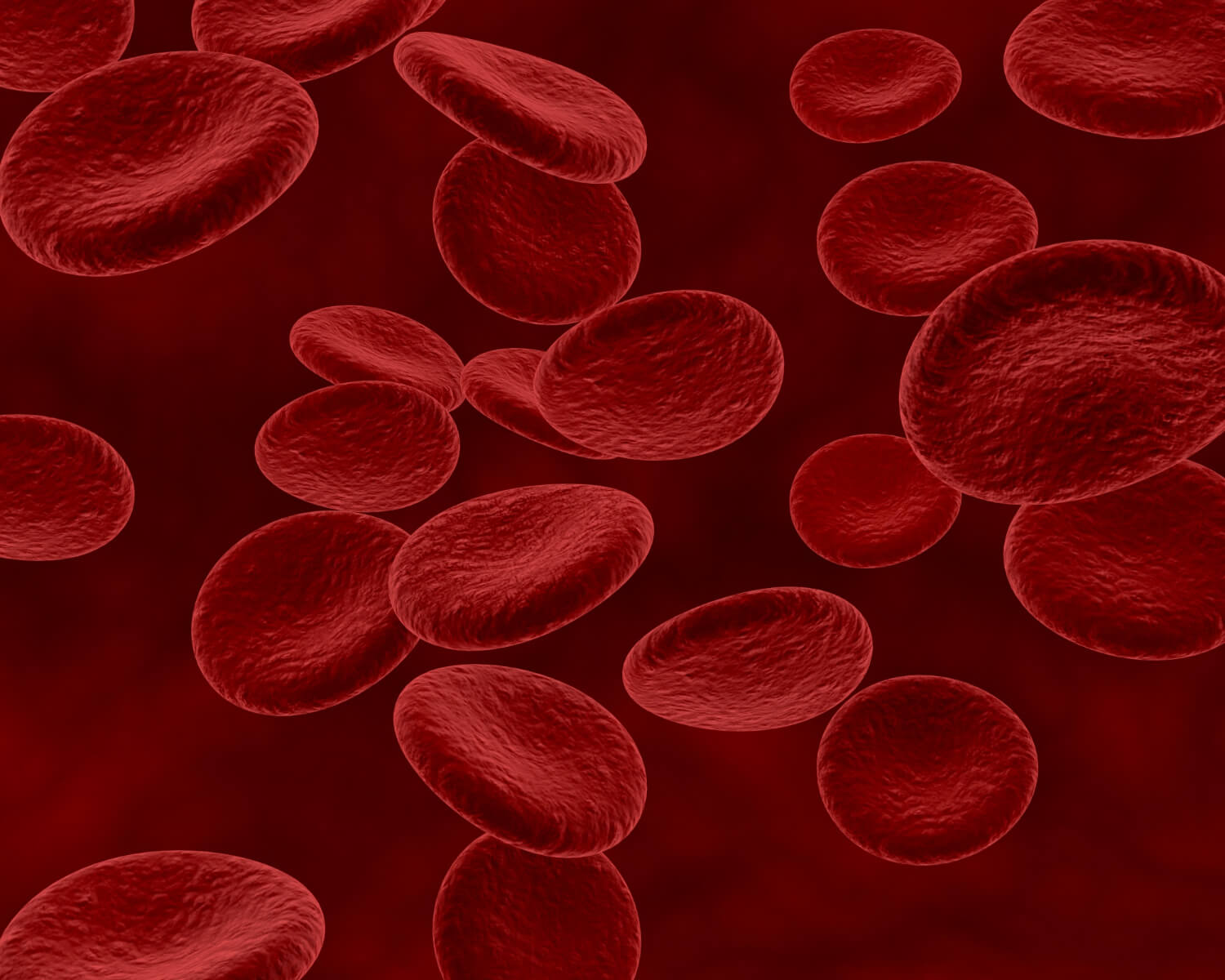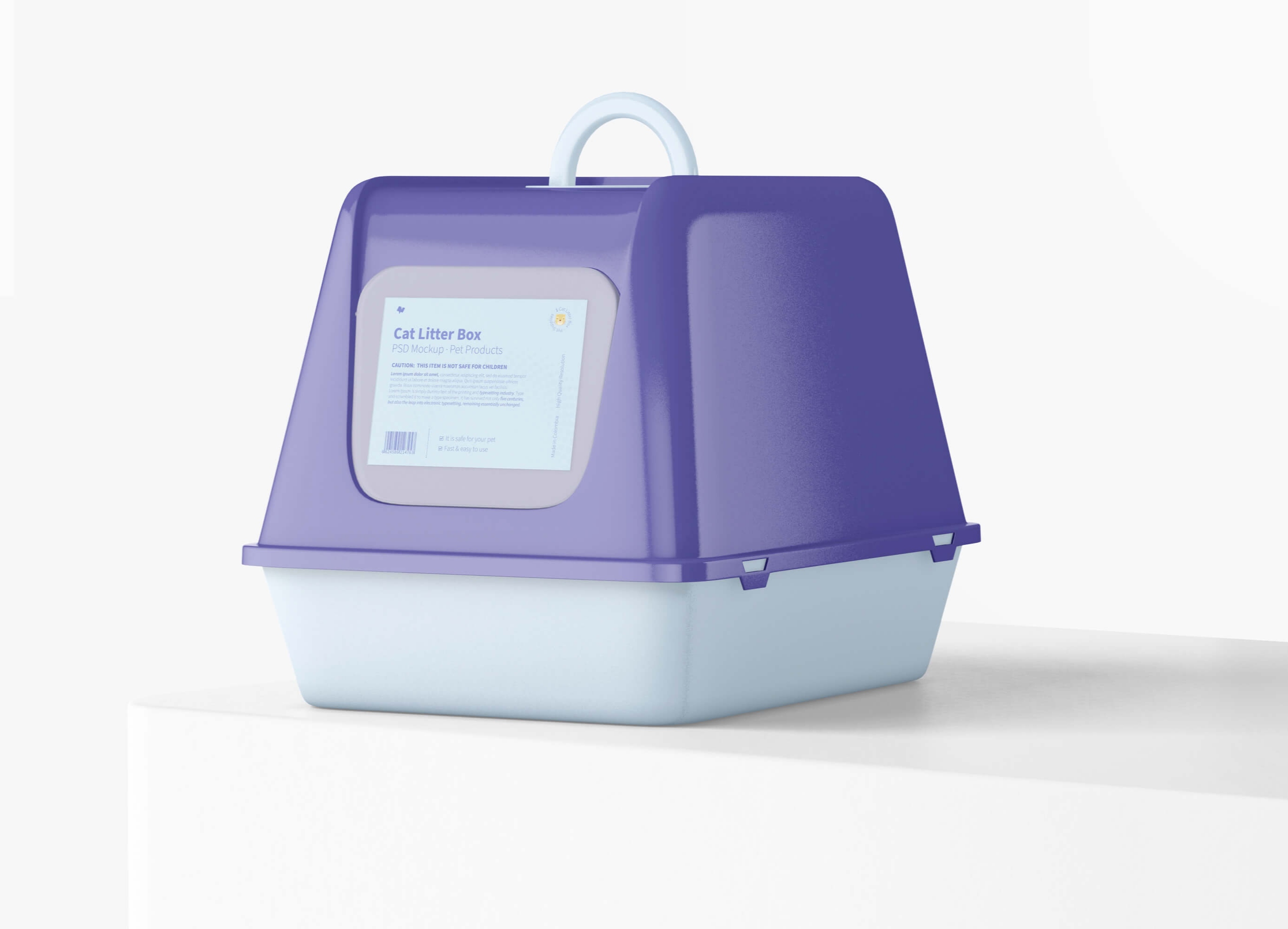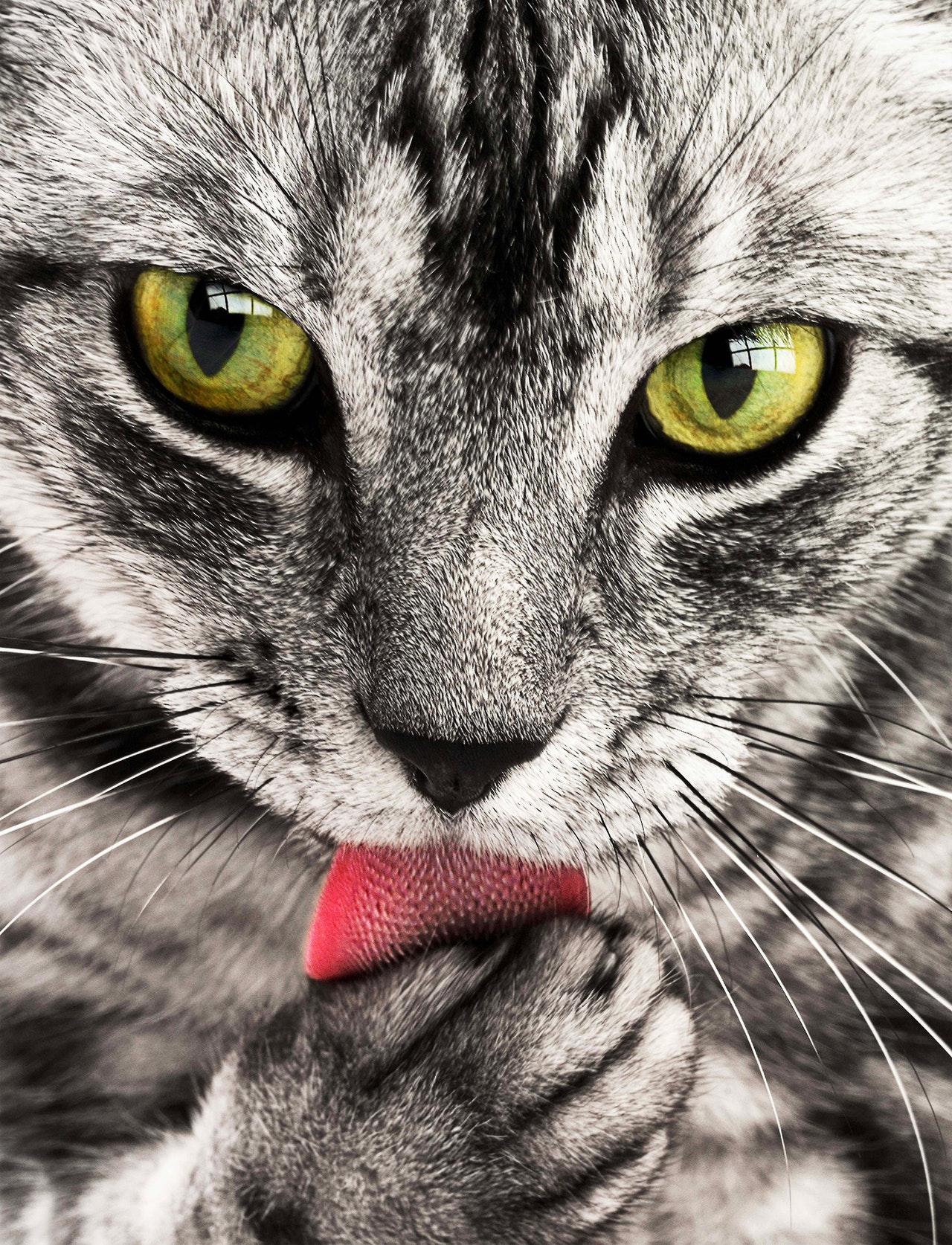Many of us have cats in our homes as it is considered one of the cutest animals ever. The feline health center is caring about cats' health and aiming to improve feline health.
They provide much medical information to professionals and cat owners.
Information About Feline Health Center:
-
Address: 98 Maple Ave, Morristown, NJ, USA
-
Phone Number: +1 973-285-5151
-
Website: http://www.felinehealthcenternj.com/
Some Of The Medical Information They Provide

1- Anemia
Anemia is the reduction in the number of red blood cells (RBCs).
Red blood cells are responsible for carrying oxygen and nutrients to tissues. So, any defect in RBCs can be fatal to cats.
Anemia is diagnosed by measuring the hematocrit value that is also known as packed cell volume (PCV). If its result is below 25%, the cat is diagnosed with anemia because the normal range is 25-45%.
Causes
There are many causes of anemia. Feline health center focuses on these 3 common
1- Loss Of Red Blood Cells
Hemorrhage can result from many reasons. A cat can lose its blood if it has trauma or a wound. In such cases as ulcers or inflammation of the GI tract make stomach and intestines bleed.
Flea, tick, and hookworm feed on cat's blood causing anemia.
We can see a cat with chronic blood loss has an elevated reticulocyte count when the blood cells count is low. This is because the rate of releasing the reticulocyte from the bone marrow is high and faster than the loss of blood cells. This is called regenerative anemia.
2- Destruction Of Red Blood Cells
Fleas and ticks can infect cats by some organisms such as Mycoplasma haemofelis, Candidatus, Mycoplasma haemominutum, Cytauxzoon felis, and Babesia species. These infections can destroy the red blood cells before the end of the life span, faster than normal and faster than they can be replaced leading to anemia.
Not only infections that lead to anemia. There are some toxins and medications that can cause the same effect such as acetaminophen (Tylenol ®), zinc, copper, onions, and some others.
It also happens due to the immune system. The immune system can attack and destroy the red blood cells due to a reaction to drugs, cancer, or infectious diseases such as Feline Leukemia Virus (FeLV) or feline infectious peritonitis (FIP).
3- Failure To Produce Red Blood Cells
Chronic kidney disease can lead to non-regenerative anemia. As the kidney releases erythropoietin hormone.
Erythropoietin is responsible for making the bone marrow produce red blood cells to replace those who are removed.
Also, The ability of the bone marrow to replace red blood cells may be affected by cancer, immune-mediated disease, or inflammation.
What Are The Clinical Signs Of Anemia?
-
Lethargy
-
Jaundice
-
Fever and loss of appetite ( in case of infection)
-
Black stools ( in case of the blood loss is in the stomach or intestines)
-
Trouble breathing, and increase in respiratory and heart rates ( in extreme cases)
Feline health center provides a lot of information about anemia to increase the awareness of cat owners.

2- House Soiling
Feline health center declared that house soiling is the most common problem cat owners reported.
Medical conditions such as diabetes mellitus, inflammation of the urinary tract, kidney and thyroid diseases. These diseases increase the frequency of urination and defecation, so the cats urinate and defecate outside the box.
It could be a nonmedical condition like aversion to the litter box or preferring another surface.
Urine spraying is one of the reasons that lead to house soiling. It is one of the ways used by cats to declare that this thing belongs to them. It is similar to rubbing their body against you.
Feline health center will help you with all available solutions to eliminate this problem.

3- Hairballs
Hairballs can be a serious problem because they can block the cat's intestinal tract. They are slender and cylindrical.
The main component of the hair is keratin. Keratin is an insoluble protein and indigestible so the hairballs can cause many troubles if they block the intestinal tract.
This blockage is diagnosed with physical examination, bloodwork, X-rays, ultrasound, and a history of the animal’s pattern of hairball regurgitation. Surgery may be applied to remove that obstruction. Laxatives also may be used but never give laxatives to your cat without medical approval from a veterinarian.
4- Feline Asthma
Asthma is a disease that affects the lower respiratory system. It may be caused by the inhalation of allergens or particles that stimulate the immune system.
This antigen in the first time stimulates the immunity to produce specific antibodies to attack this antigen in the second exposure leading to the release of the inflammatory mediators that result in irritation, swelling, and reactive constriction of the airways. All of these lead to difficulty breathing.
Clinical Signs
-
Difficulty breathing
-
Wheezing
-
Rapid breathing
-
Coughing or hacking
-
Open-mouthed breathing, or vomiting
If the cat is diagnosed with asthma, the veterinarian prescribes corticosteroids for the inflammation with or without bronchodilators.
Feline health center provides many articles for respiratory problems.
5- Congenital Heart Disorders
Cat's heart is like the human heart. It is a hollow muscular organ composed of 4 chambers. The 2 upper chambers are known as atriums and the 2 lower chambers are ventricles. The atrium collects the blood from the circulation and delivers it to the ventricle to pump it into the circulation.
Heart disorders appear in middle-aged and elderly cats. Also, they appear in some kittens as they are born with them.
The Most Common Heart Disorders
-
Ventricular septal defect (VSD)
-
Patent ductus arteriosus (PDA)
-
Mitral valve dysplasia (MVD)
A ventricular septum separates between the right and the left ventricle. A ventricular septal defect (VSD) is a hole in the ventricular septum leading to the shunting of blood. If the hole is large, it can lead to congestive heart failure.
There is a blood vessel that connects the aorta with the pulmonary artery and it is called ductus arteriosus. This blood vessel is closed before labor.
In some cases, this vessel is not closed leading to excessive passage of blood from the heart to its lungs. It can be developed into heart failure. This is known as patent ductus arteriosus (PDA).
The Mitral valve prevents the blood from getting back from the left ventricle to the left atrium. In the case of mitral valve dysplasia (MVD), the mitral valve can't do its function leading to congestive heart failure. Atria gets dilated which leads to developing blood clots. These clots can go into the circulation and block vessels. Difficulty breathing, exercise intolerance, weight loss, and/or vomiting, all of these are clinical signs of mitral valve dysplasia.
Feline health center has a lot of articles that are related to heart issues.
Summary
Anyone who has a cat should be aware of feline health to take care of it. Feline health center has many and different articles, brochures, and videos that can help you to keep your cat's health well.
By: Dr. Ziad Tarek


You must be logged in to post a comment.